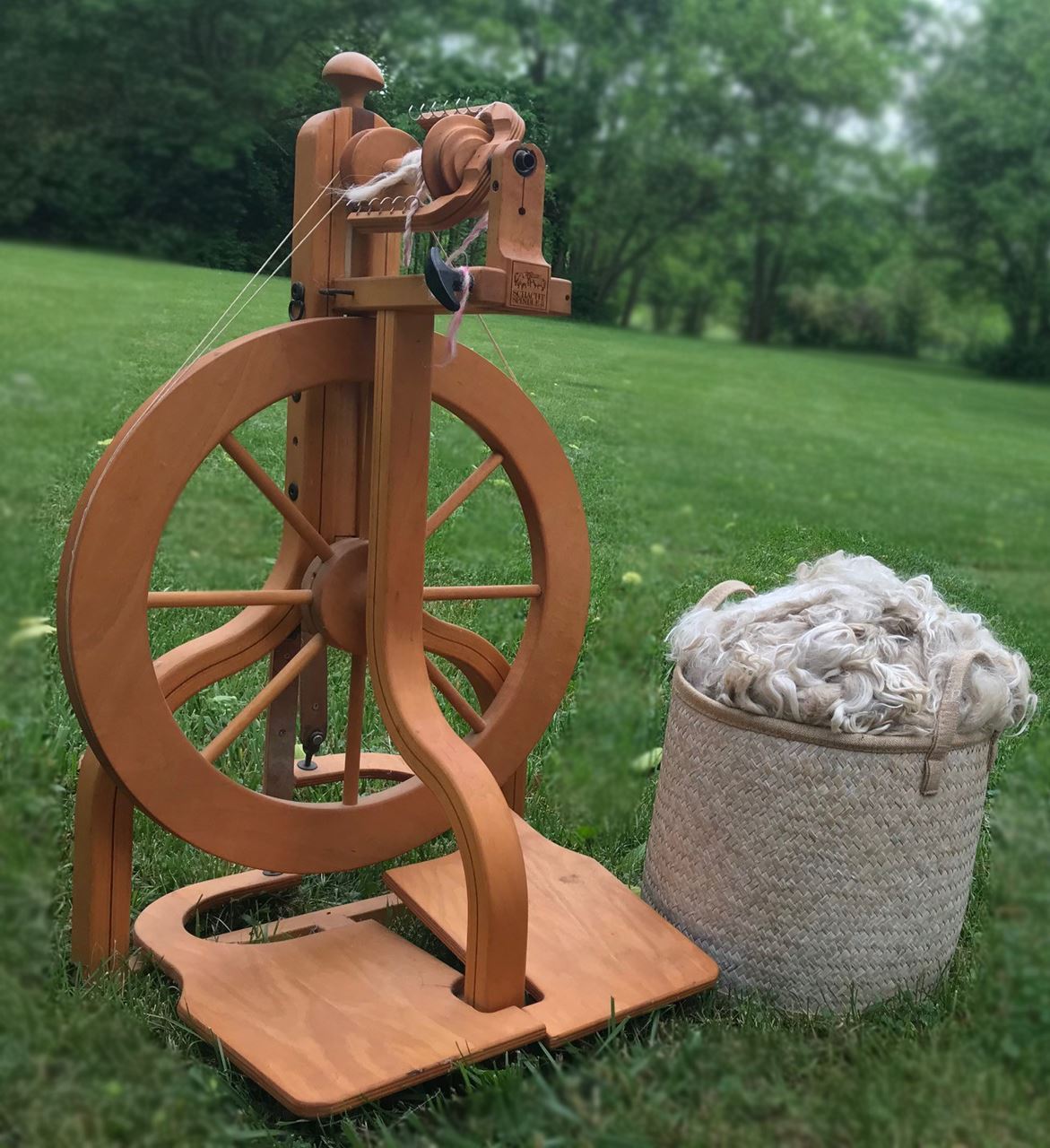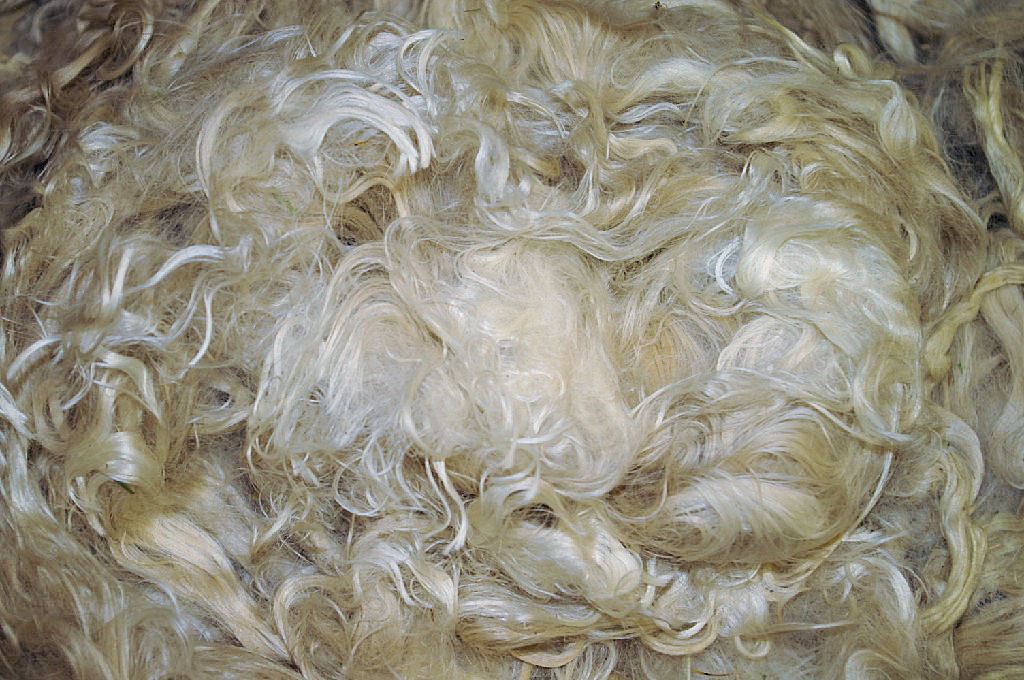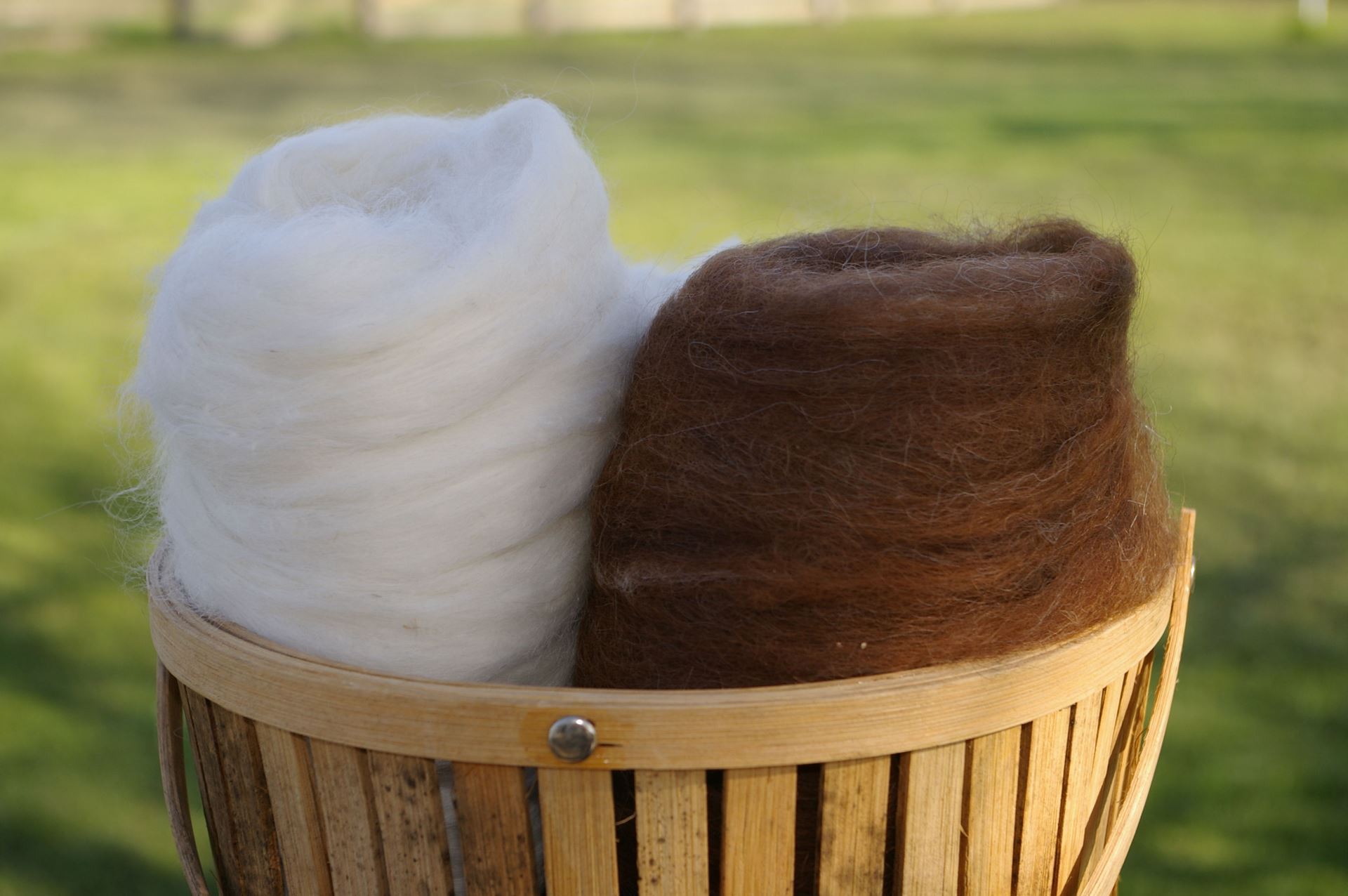|
SPINNING SURI FIBER WHY SPIN WITH SURI? WHAT CAN I EXPECT?
WHAT ARE THE PROPERTIES OF SURI FIBER FOR SPINNING?
WHAT DOES FINE MEAN?
The Suri Network, along with the Australians, the Canadians, and Peruvians class fibers as follows: Classing or grading provides guidelines for sorting fiber into micron, color and staple length. HOW DO I USE THE VARIETY OF STAPLE LENGTH OPTIONS FOR SPINNING?
TIPS FOR WORKING WITH SURI?
|
|
BLENDING
Suri blends well with other fibers. To guarantee that the added fiber does not compromise the final product, it is worth your while to source fiber as fine or finer than the Suri you are spinning. Fibers such as lyocell, bamboo and silk complement the luster in Suri without compromising the hand. Hackles work quite well to help blend Suri with other fibers.
Keep in mind that Suri is a straight fiber lacking crimp. Yarn made from it will not have the memory and loft that crimpy fibers provide. If you desire a loftier fiber with some elasticity and memory, then blending with fine merino top or another crimpy, but fine wool can provide that.
If you enjoy dyeing your handspun yarns, Suri takes dye very well and often looks even more lustrous coming out of the dyepot. In spite of its longer scales and shorter scale height, it can still felt and just like other natural fibers, Suri can be affected by harsh chemicals and too much heat.
CARE OF SURI AFTER SPINNING
There is nothing different about caring for Suri fiber from other natural protein fibers. Gentle shampoo or mild soaps created for woolens coupled with little agitation is excellent. Soaking in warm water for a time is excellent for removing dirt and oils. Be sure to rinse the yarn completely for soap residues can dull and attract dirt. If you are washing newly spun yarn, it may buckle slightly, so you might want to hang your skein with a weight to help straighten the yarn. Always avoid too much agitation or dramatic changes in the temperature of the wash water to prevent felting.
Suri is a beautiful, unique fiber with excellent qualities that make it a great addition to your projects by adding luster and a soft silky hand. When shopping for Suri, look for fleeces that are clean, lustrous, and cool to the touch, for these are the fleeces that show off the wonderful traits that make Suri such a special fiber. Avoid those that are drier and have a chalky feel. Be choosy and let spinning Suri take your projects to another realm!


